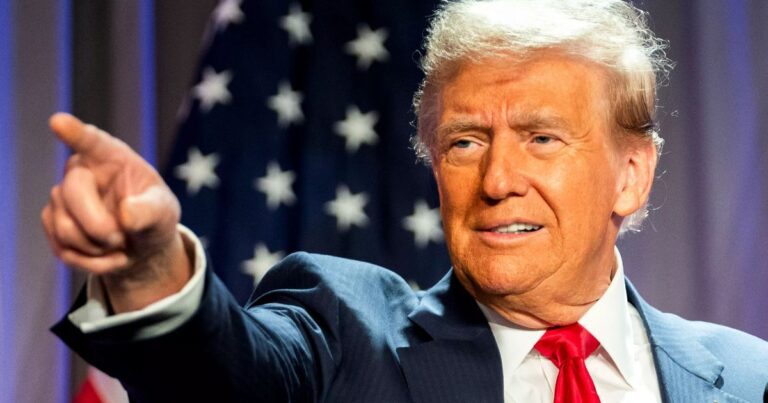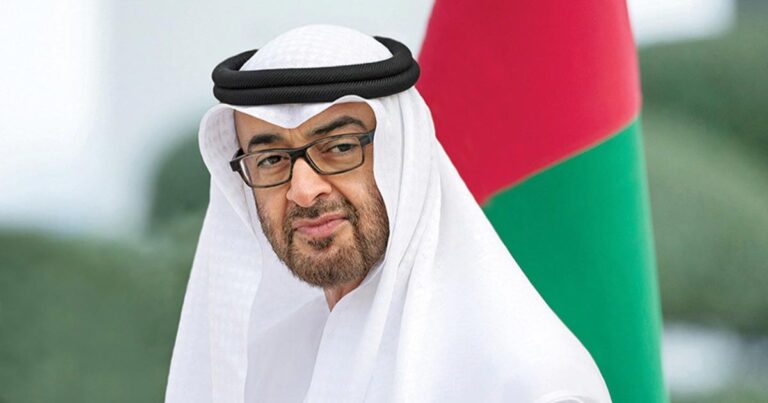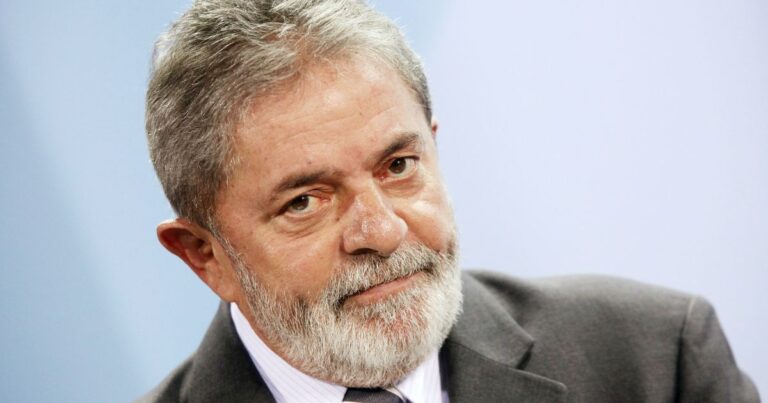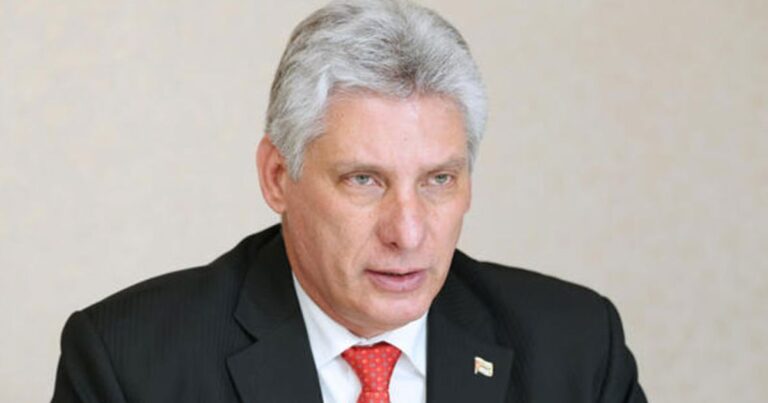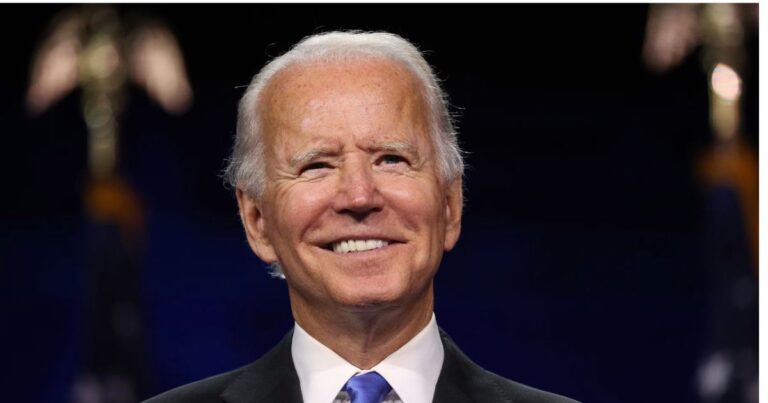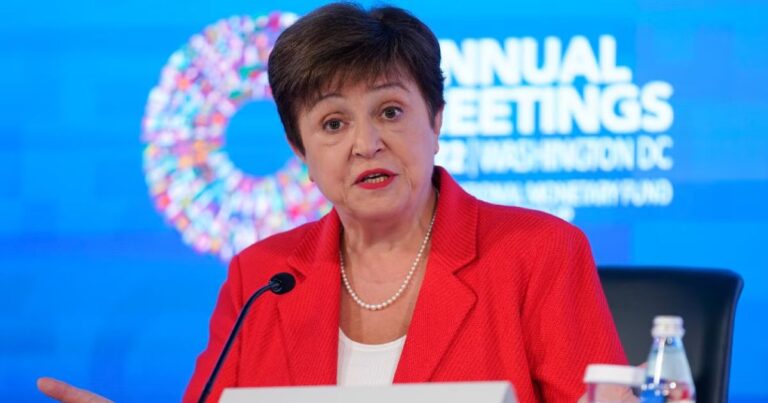Jens Stoltenberg: The Steady Hand Leading NATO Through Global Crises
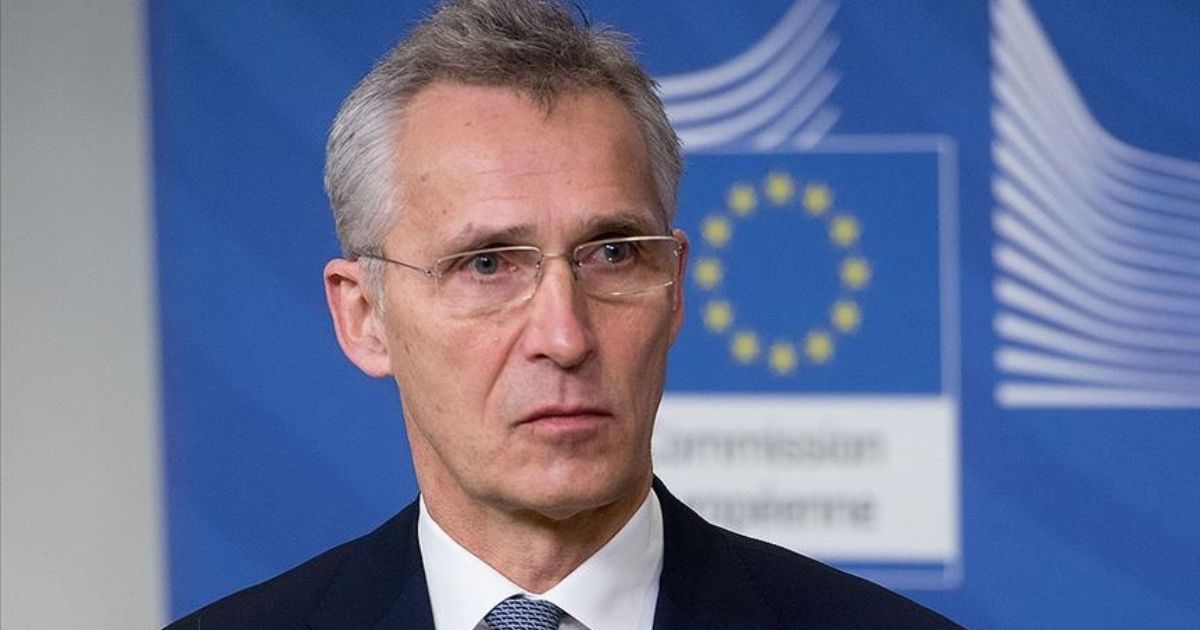
👶 Early Years and Influential Upbringing
Jens Stoltenberg was born on March 16, 1959, in Oslo, Norway, into a family deeply embedded in the spheres of diplomacy, politics, and activism. This environment of strong political awareness shaped his values and sharpened his early worldview. 💼🌍
👨👩👧👦 Family Influences:
- Father – Thorvald Stoltenberg
A prominent figure in Norwegian politics and international diplomacy. He served as Norway’s Minister of Defense, Minister of Foreign Affairs, and an ambassador to the United Nations. - Mother – Karin Stoltenberg
A distinguished geneticist and state secretary with strong feminist and social democratic ideals. She was influential in shaping progressive family and gender policies in Norway. - Sister – Camilla Stoltenberg
A renowned medical doctor and researcher, currently serving as the director-general of the Norwegian Institute of Public Health.
Jens grew up in a household where international affairs, social justice, and public responsibility were everyday conversations, helping to shape the global perspective he would later bring to his leadership roles. 🌐🗣️
🎓 Academic Pursuits
Education played a vital role in Stoltenberg’s personal and professional development. After completing his secondary schooling in Oslo, he attended the prestigious University of Oslo, where he studied economics.
📘 Key Academic Highlights:
- Degree in Economics
- Specialized in macroeconomic policy, international trade, and finance
- Contributed to student newspapers and policy forums during university years
- Active in political debate societies and student leadership groups
His academic focus on economics would later become central to his policy-making approach, both as Prime Minister of Norway and Secretary General of NATO. 📊💬
🧒 Youth Activism and Political Spark
Stoltenberg’s political activism began early. As a teenager, he was involved in anti-Vietnam War protests and joined Norway’s Labour Youth League (Arbeidernes Ungdomsfylking, AUF), the youth wing of the Labour Party.
🚩 Early Political Activities:
- 1974: Participated in demonstrations against apartheid and U.S. foreign policy.
- 1979–1981: Led the Labour Youth League, becoming a rising political figure.
- Advocated for nuclear disarmament and social democratic policies.
His early activism not only reflected his passion for global justice but also served as a training ground for the leadership roles he would assume in the coming decades. 📣🕊️
🔍 A Snapshot of His Formative Years
| Attribute | Details |
|---|---|
| 🗓️ Birth Date | March 16, 1959 |
| 🏙️ Birthplace | Oslo, Norway |
| 🧬 Parents | Thorvald & Karin Stoltenberg |
| 🎓 Education | University of Oslo – Degree in Economics |
| 🧠 Early Interests | Peace activism, economics, diplomacy |
🚀 Political Ascent in the Labour Party
Jens Stoltenberg’s journey through the ranks of Norwegian politics was swift and impactful. His early involvement with the Labour Youth League (AUF) paved the way for key roles within the Norwegian Labour Party, one of the country’s most influential political institutions.
🧩 Key Milestones in His Political Climb:
- 1981–1989: Worked as an economist for Statistics Norway and as a journalist for the Labour Party newspaper, Arbeiderbladet.
- 1990: Appointed State Secretary in the Ministry of the Environment.
- 1993: Elected to the Norwegian Parliament (Storting) for the first time.
- 1996–1997: Served as Minister of Industry and Energy.
- 1997–2000: Took charge as Minister of Finance, managing economic reforms and budgeting in a time of global economic shifts.
These roles gave him experience in governance, economic policy, and environmental regulation—key areas that later defined his prime ministership. 📈🌱
🏆 First Term as Prime Minister (2000–2001)
Stoltenberg first became Prime Minister of Norway in March 2000, succeeding Kjell Magne Bondevik. At 41, he was one of the youngest prime ministers in Norwegian history.
🔍 Highlights of His First Term:
- Advocated privatization of several state-owned enterprises such as Telenor and Statoil, aiming for efficiency and modernization.
- Focused on technological innovation and expanding the knowledge economy.
- Faced criticism for cuts in public spending, especially in welfare services.
- Lost power in the 2001 general election as the Labour Party suffered its worst post-war result.
Despite the short tenure, his pragmatic leadership style and pro-reform agenda laid a foundation for his political comeback. 📉🔧
🔁 Return as Prime Minister (2005–2013)
After a period in opposition, Stoltenberg returned triumphantly in 2005, forming a Red-Green Coalition with the Socialist Left Party and the Centre Party.
🌟 Achievements of His Second Term:
- Economic Management 🏦
- Successfully navigated Norway through the 2008 global financial crisis.
- Maintained low unemployment and strong economic growth.
- Increased investments in renewable energy and green technology.
- Social Policy & Welfare 🏥
- Strengthened public healthcare and education sectors.
- Championed gender equality, pushing for more women in leadership.
- Expanded support for working families and child care programs.
- Foreign Policy & Defense 🌍
- Supported Norway’s peacekeeping roles in Afghanistan, Libya, and Sudan.
- Promoted multilateralism, climate diplomacy, and a strong UN presence.
🇳🇴 Crisis Leadership: The 2011 Norway Attacks
One of the most defining moments of Stoltenberg’s leadership came on July 22, 2011, when Norway faced twin attacks by a far-right extremist:
- A car bomb explosion in Oslo near government buildings.
- A mass shooting at a youth camp on Utøya Island, killing 77 people.
🧠 Stoltenberg’s Calm & Compassionate Response:
- Delivered a historic address, promising to meet hate with more democracy, more openness, and more love. 💔🕊️
- Reaffirmed democratic values, unity, and human dignity in the face of terrorism.
- His empathetic and composed leadership during this tragedy earned global praise.
🗨️ “We will not give up our values. Our response is more democracy, more openness, and more humanity—but never naivety.”
📊 Longest-Serving Labour PM Since WWII
By the time Stoltenberg stepped down in 2013, he had become one of the longest-serving Labour prime ministers since World War II. His tenure was marked by a careful balance between progressive welfare policies and fiscal responsibility.
✅ Summary of Key Successes:
- Strong macroeconomic management during global downturn.
- Leading voice in climate and environmental policy.
- Strengthened Norway’s reputation as a peaceful, inclusive, and wealthy democracy.
📋 Recap: Political Journey So Far
| 📅 Year | 📌 Milestone |
|---|---|
| 1990 | State Secretary in the Ministry of the Environment |
| 1993 | Elected to Parliament |
| 1996 | Minister of Industry and Energy |
| 2000 | Becomes Prime Minister (First Term) |
| 2005 | Returns as Prime Minister (Second Term) |
| 2011 | Leads Norway through terror attack crisis |
| 2013 | Steps down as Prime Minister |
✈️ Transitioning from National to Global Leadership
After stepping down as Norway’s Prime Minister in 2013, Jens Stoltenberg’s international experience and diplomatic skillset caught the attention of world leaders. In March 2014, he was announced as the next Secretary General of NATO, the North Atlantic Treaty Organization—a role he would officially assume on October 1, 2014.
🌐 Why Stoltenberg?
His strong economic background, calm demeanor, crisis management skills, and proven commitment to democratic values made him a compelling choice to lead the world’s most powerful military alliance.
🛡️ The Role of NATO Secretary General
As Secretary General, Stoltenberg became:
- The chief spokesperson and diplomat for NATO.
- A bridge between member nations’ governments and the organization’s military leadership.
- The coordinator of collective defense strategies across the alliance’s 31 member countries.
💬 “My job is to keep the alliance strong, united, and effective in a rapidly changing world.”
🔥 Challenges Upon Entering NATO
When Stoltenberg took office, NATO was facing increasing global uncertainty and a complex security landscape.
🚨 Major Immediate Threats:
- Russia’s annexation of Crimea (2014) 🧊
- Heightened tensions between NATO and Russia.
- Triggered a reassessment of NATO’s eastern defense strategy.
- Rise of ISIS and terrorism in the Middle East 🕌
- Urgent need for stronger intelligence-sharing and counterterrorism efforts.
- Cybersecurity threats 💻
- Increasing frequency of cyberattacks against member states and critical infrastructure.
🧭 Strategic Vision and Modernization Efforts
Jens Stoltenberg ushered in a new era of modernization, adaptability, and preparedness for NATO. Under his leadership, the alliance strengthened its core mission of collective defense (Article 5), while also expanding to address non-traditional threats.
🚀 Key Initiatives and Policies:
- Enhanced Forward Presence (EFP) in Eastern Europe
- Deployed multinational battalions in Poland, Estonia, Latvia, and Lithuania to deter Russian aggression.
- Cyber Defense Integration
- Recognized cyberattacks as grounds for triggering Article 5.
- Established cyber response teams and expanded NATO’s cyber capabilities.
- Increased Defense Spending 💰
- Pressured member states to meet the target of 2% of GDP on defense.
- Promoted burden-sharing, ensuring more equitable contributions.
- Rapid Response Force
- Strengthened the NATO Response Force (NRF) and created the Very High Readiness Joint Task Force (VJTF).
- Stronger NATO-EU Cooperation 🤝
- Improved operational coordination between NATO and the European Union in areas like cyber defense, migration, and maritime security.
🌍 Responding to Global Crises
Stoltenberg’s time at NATO has seen the organization adapt to an ever-evolving set of international crises.
💣 Key Examples of Global Crisis Management:
- Afghanistan Withdrawal (2021)
- Coordinated efforts to safely evacuate citizens and personnel.
- Managed post-withdrawal stability concerns and criticism over planning.
- Russia–Ukraine Conflict (2022–Present)
- Condemned Russia’s invasion of Ukraine and provided non-lethal aid to Ukrainian forces.
- Facilitated the movement of troops, arms, and supplies among NATO allies.
- Ensured unity of purpose among members amid complex geopolitics.
🗨️ “This is a war of aggression by Russia. NATO will protect every inch of Allied territory.”
💡 Emphasis on Unity and Diplomacy
Jens Stoltenberg has often been described as a steady hand—a calm, strategic leader who values consensus and diplomacy. He emphasizes unity among allies as NATO’s greatest strength.
🎯 His Diplomatic Priorities:
- Strengthening ties with non-EU NATO members like the U.S., UK, and Canada.
- Engaging with partner countries in Asia and the Middle East.
- Maintaining open dialogue channels with Russia and China to prevent escalation.
📋 Notable NATO Milestones Under Stoltenberg
| 📅 Year | 🏛️ Event |
|---|---|
| 2014 | Assumes role as NATO Secretary General |
| 2016 | Establishes Enhanced Forward Presence in Eastern Europe |
| 2018 | NATO Summit in Brussels emphasizes 2% defense target |
| 2020 | NATO declares space as a new operational domain |
| 2021 | Manages Afghanistan withdrawal |
| 2022 | Leads NATO response to Russian invasion of Ukraine |
| 2023 | Sweden and Finland move toward full NATO membership |
🌟 Leadership Style: Calm, Calculated, and Committed
Jens Stoltenberg is known for his:
- Measured communication style 📢
- Dedication to democratic values 🗳️
- Focus on evidence-based decision-making 📊
- Strong belief in multilateral cooperation 🤝
He’s often described as someone who “leads with facts, not flair,” making him a respected figure across both military and diplomatic circles.
💥 Navigating Global Tensions: A Test of Leadership
As Secretary General of NATO, Jens Stoltenberg faced a multitude of global crises—ranging from hybrid warfare to political unrest within member states. These turbulent events not only tested his diplomatic acumen but also exposed NATO to scrutiny and internal divisions.
🚨 Major Global Challenges During His Tenure
1. Russia’s Aggression in Ukraine 🇺🇦
- Began with Crimea’s annexation in 2014, but escalated significantly with the full-scale invasion in 2022.
- NATO had to strike a careful balance—supporting Ukraine without becoming a direct combatant.
- Stoltenberg coordinated:
- Massive arms support and non-lethal aid to Ukraine.
- Increased troop presence in Eastern Europe.
- Heightened air policing and naval deployments in the Baltic and Black Seas.
📌 “NATO is not part of the conflict, but we support Ukraine’s right to self-defense.”
2. Burden-Sharing Debate 💸
- The 2% GDP defense spending target became a political flashpoint.
- Under Stoltenberg’s leadership:
- More nations began increasing their defense budgets.
- By 2023, over 10 NATO members had met the target (compared to only 3 in 2014).
➡️ Critics from the U.S. and elsewhere still questioned whether European allies were doing enough to shoulder NATO’s costs.
3. Internal Political Divisions 🧩
- Populist and nationalist movements within Europe and the U.S. raised concerns about NATO’s cohesion.
- Stoltenberg was often in the middle—mediating tensions between:
- Turkey and Greece
- Hungary and other EU-aligned members
- U.S. and European defense perspectives
4. Afghanistan Withdrawal (2021) 🛫
- NATO’s role in Afghanistan was one of its longest-running missions.
- The sudden withdrawal led to:
- Chaos at Kabul airport
- Humanitarian and refugee crises
- Criticism over poor planning and coordination.
🗣️ Stoltenberg defended the withdrawal as a collective decision, but acknowledged the shortcomings in execution.
🧩 Key Criticisms Faced by Stoltenberg
Despite his diplomatic strengths, Stoltenberg’s leadership was not without criticism:
❗ Afghanistan Exit Strategy
Many believed NATO could have had a more structured exit plan to ensure Afghan allies’ safety.
❗ Pace of NATO Modernization
Some analysts argued that NATO was too slow to adapt to new domains like space and cyber.
❗ Handling of Turkey’s Role
Turkey’s actions in Syria, its purchase of Russian S-400 missiles, and veto threats over Sweden/Finland’s membership drew criticism.
Stoltenberg walked a tightrope trying to keep Turkey within the alliance while appeasing other members.
✅ Achievements That Strengthened NATO
Despite challenges, Stoltenberg oversaw some of NATO’s most significant expansions and reforms since the Cold War.
🛡️ Strengthening Collective Defense
- Introduced Rapid Deployment Units and forward troops in vulnerable states.
- Upgraded the NATO Response Force.
🛰️ Embracing New Domains of Warfare
- Declared cyberspace and space as operational domains alongside land, sea, and air.
- Established cyber training centers and cyber policy protocols.
🧭 Expanding Global Influence
- Fostered NATO partnerships in:
- Asia-Pacific: Japan, South Korea, Australia, and New Zealand.
- Middle East and Africa: Building counterterrorism and resilience programs.
🧩 Diplomacy in Crisis
- Maintained open communication with adversaries like Russia to avoid escalation.
- Facilitated high-level dialogues with China to address growing global competition.
🌍 Key Diplomatic Highlights
Here’s a list of major events where Stoltenberg’s leadership made headlines:
📅 2015–2022: Led annual NATO summits, emphasizing unity and strategic reforms.
📅 2017: Responded diplomatically to Donald Trump’s critique of NATO spending.
📅 2019: Marked NATO’s 70th anniversary with renewed strategic vision.
📅 2022: Managed urgent NATO responses to the Ukraine crisis.
📅 2023: Oversaw Sweden and Finland’s accession process.
🧠 Leadership Beyond the Crisis
While many associate his NATO years with high-stress geopolitics, Stoltenberg is also credited with institutional strengthening.
💼 Internal Reforms:
- Improved NATO procurement processes
- Expanded intelligence-sharing mechanisms
- Promoted greater inclusion of women and diversity in defense roles
🌿 Sustainability Push:
- Advocated for greener military practices
- Called for climate resilience in NATO operations
🗨️ Quotes That Reflect His Leadership
📣 “NATO doesn’t want a new Cold War—we want dialogue, not confrontation.”
📣 “Our unity is our greatest strength. When we stand together, we are stronger and safer.”
📣 “Defense and diplomacy go hand in hand.”
🏛️ Crafting a Legacy of Resilience and Diplomacy
After over a decade at NATO’s helm, Jens Stoltenberg is widely recognized as one of the most steadfast and strategic leaders the alliance has seen in the post-Cold War era. His legacy is not just in policy, but in the trust, stability, and diplomacy he brought to NATO during some of its most difficult times.
🔍 Key Aspects of Stoltenberg’s Legacy
1. Preserving NATO Unity 🤝
- Amid global upheavals—Brexit, Trump-era skepticism, Russia’s aggression—Stoltenberg managed to keep NATO together.
- His cool-headed diplomacy allowed space for internal disagreement without fracturing the alliance.
2. Expanding NATO’s Mission Scope 🌐
- Introduced cybersecurity and climate security into NATO’s strategic priorities.
- Encouraged allies to adopt holistic defense models that included economic and digital resilience.
3. Successful Enlargement and Influence 🚀
- Under his leadership, Montenegro, North Macedonia, Finland, and Sweden (in process) joined or advanced accession, reaffirming NATO’s appeal and credibility.
- Bolstered partnerships in the Asia-Pacific, enhancing NATO’s global voice.
4. Boosting Defense Spending Across Members 💰
- Persuaded more countries to reach or commit to the 2% defense spending goal.
- Showed fiscal diplomacy without using coercive pressure—an underrated leadership trait.
🔮 What’s Next for Stoltenberg?
Although his term has been extended multiple times, Stoltenberg has expressed a desire to eventually step down and return to Norway. However, many speculate that he may still:
- Join an international diplomatic body (such as the UN or World Bank)
- Play an advisory role in global crisis response
- Return to Norwegian politics, where he remains highly respected
📌 Interestingly, his calm and balanced persona has made him a trusted figure even beyond NATO circles, admired by both liberals and conservatives alike.
📈 Public Perception & Awards
Stoltenberg’s leadership has received praise from both leaders and defense analysts around the world.
🏅 Honors and Recognition:
- Order of the Cross of Terra Mariana (Estonia)
- Grand Cross of the Order of Merit (Germany)
- James Madison Award for Distinguished Public Service (USA)
📰 He’s often described in media as:
“The silent diplomat who kept NATO from falling apart.”
“A technocrat with the soul of a statesman.”
🧑🏫 Lessons from Jens Stoltenberg’s Leadership Style
Let’s break down the leadership traits that contributed to his success:
✅ Calm Under Pressure
- Rarely reactive; always measured and composed in response to crisis.
✅ Bridge-Builder
- Maintained relationships across opposing factions—U.S., Turkey, Eastern Europe, and France—without alienating anyone.
✅ Clear Communicator
- Used simple, firm language that inspired confidence.
“NATO defends freedom. We stand united.”
✅ Visionary but Practical
- Advocated for modernizing NATO while recognizing geopolitical limitations.
🧑🎓 Personal Side of Jens Stoltenberg
While most of the world sees him in dark suits at press conferences, Jens Stoltenberg has a warm, relatable side:
🎣 Hobbies:
- Enjoys hiking, fishing, and cross-country skiing in Norway’s fjords.
- Known to bike to work even during his time as Prime Minister.
📚 Education:
- Studied economics at the University of Oslo.
- Wrote his thesis on macroeconomic policies in developing countries.
👨👩👧 Family:
- Married to Ingrid Schulerud, a diplomat.
- Father of two children.
- Strong advocate of work-life balance, often seen spending time with family away from politics.
🗣️ Quotes That Define Him
🧠 “In a world with more conflict, we need more cooperation.”
🧠 “NATO is not just a military alliance—it is a community of values.”
🧠 “Security does not come for free, but the cost of insecurity is far higher.”
🧭 Conclusion: A Leader for the Ages
Jens Stoltenberg’s era at NATO is marked by tactful leadership, unprecedented expansion, and a cool hand during global volatility. While critics have pointed out occasional delays in decision-making or NATO’s limited action in some areas, most agree that Stoltenberg was the right person at the right time.
His quiet strength, moral clarity, and collaborative spirit redefined how the world sees NATO—not just as a military machine, but as a symbol of global solidarity.
🌍 As he looks ahead to new roles or returns to life in Norway, Stoltenberg leaves behind a NATO that is more unified, resilient, and relevant than when he took office.
🔗 Trusted External Sources for Further Reading on Jens Stoltenberg
- NATO Official Biography – Jens Stoltenberg
Source: www.nato.int
Get full access to his official career milestones, speeches, and policy stances. - BBC Profile: Jens Stoltenberg
Source: www.bbc.com
A reliable and balanced overview from a trusted global media outlet. - Reuters – Jens Stoltenberg News Coverage
Source: www.reuters.com
Stay updated on his recent statements and NATO developments under his leadership. - The Guardian – Analysis of Stoltenberg’s NATO Tenure
Source: www.theguardian.com
Offers critical analysis and insight into his political strategy and effectiveness. - Council on Foreign Relations (CFR) – NATO and Jens Stoltenberg
Source: www.cfr.org
Deep dives into NATO’s strategic outlook and Stoltenberg’s role in shaping it. - World Economic Forum – Stoltenberg’s Global Thought Leadership
Source: www.weforum.org
Articles and quotes from his WEF appearances, especially on climate and digital security. - The Atlantic – How Jens Stoltenberg Held NATO Together
Source: www.theatlantic.com
Analytical storytelling exploring Stoltenberg’s silent but effective diplomacy.
